In the world of freight transport, understanding the various costs involved is crucial for businesses looking to optimize their logistics and budgeting. As an exporter knowing about EIS and shipping surcharges is a must. The surcharge that frequently arises is the Emergency Imbalance Surcharge (EIS).
In this blog, we’ll talk about what EIS charges in shipping are, why they exist, and how they fit into the broader landscape of shipping surcharges.
What is Emergency Imbalance Surcharge (EIS)?
The Emergency Imbalance Surcharge, commonly known as EIS, is a fee imposed by shipping companies when there’s an imbalance in container availability. This situation typically occurs when there’s a surplus of empty containers at one destination port and a shortage at another, creating logistical challenges.
Understanding “EIS charges in shipping” is vital because these fees can significantly impact shipping expenses.
Impact on Shipping Companies
EIS charges in shipping serve as a mechanism for companies to manage the costs associated with repositioning empty containers. When containers accumulate in one location but are scarce in another, it disrupts the flow of goods and drives up operational costs.
The EIS helps offset these additional expenses, ensuring that shipping companies can continue to operate efficiently.
Application to Outward Cargo
EIS charges are usually applied to outward cargo—shipments leaving a port. If you’re exporting goods and the destination port has excess containers, you may find EIS charges added to your shipping invoice. It’s important to anticipate these potential costs when planning your logistics to avoid unexpected expenses.
Cost Coverage for Container Transport
The primary purpose of EIS charges in shipping is to cover the costs of moving empty containers to where they’re most needed. This involves transporting containers over long distances or storing them until required. Understanding these charges can help you better anticipate and manage your shipping budget.
Now that we’ve covered the basics of EIS let’s explore some of the other commonly levied surcharges in the shipping industry.
Commonly Levied Shipping Surcharges
In addition to EIS charges, freight shipping involves several other surcharges. These surcharges are often unavoidable and designed to cover various operational costs. Knowing what to expect can help you better plan your shipping expenses and ensure you see the situation.
Influence of Trade Routes and Fuel Efficiency
Surcharges can vary depending on the trade routes your goods are taking and the vessels’ fuel efficiency. For example, longer or more challenging routes might incur higher surcharges. This is why understanding “EIS charges in shipping” alongside other fees becomes crucial for accurate cost management.
Varying Rates Based on Terminal Handling
Terminal Handling Charges (THC) are another standard surcharge. These fees cover loading and unloading containers at the port terminal. Rates can vary depending on the port and the efficiency of its operations, which is why it’s essential to factor these into your overall shipping budget.
Having looked at general surcharges, let’s delve into the types of standard shipping surcharges you might encounter.
Types of Standard Shipping Surcharges
Standard shipping surcharges include several common fees that shippers regularly encounter. We will discuss them in the next section.
- Bunker Adjustment Factor (BAF): The Bunker Adjustment Factor (BAF) is a surcharge that accounts for fluctuations in fuel prices. Since fuel is a significant shipping expense, fuel cost changes can directly impact your shipping rates. BAF helps shipping companies manage these fluctuations without drastically altering their base rates.
- Terminal Handling Charges (THC): As mentioned earlier, Terminal Handling Charges cover container handling costs at the port. This includes loading, unloading, and the use of port facilities. These charges are usually fixed and are a standard part of shipping costs.
- Customs Clearing Fees: Customs clearing fees are charged for processing goods through customs. These fees cover the paperwork, inspections, and any duties or taxes that must be paid. While not technically a surcharge, they are essential to the total shipping cost.
Also read- Getting Started with Basics of Cross-Border E-commerce: Dos, Don’tsDon’ts And Tips.
Beyond standard surcharges, some are directly influenced by supply-chain demands, which we’ll explore next.
Surcharges Based on Supply-Chain Demand
Supply-chain demands and peak periods directly influence specific surcharges. Knowing about them is essential, so let’s discuss them.
- Peak Season Surcharge (PSS): The Peak Season Surcharge is applied during times of high demand, such as holidays or other peak shipping periods. Space on vessels is at a premium during these times, and shipping companies apply PSS to manage the increased demand.
- Congestion Surcharge: A Congestion Surcharge may be applied when ports become congested due to high traffic or operational delays. This fee helps cover the additional costs incurred by shipping companies when they face delays in loading or unloading goods.
- Equipment Imbalance Surcharge (EIS): As discussed earlier, EIS charges in shipping are applied when there is an imbalance in container availability. This surcharge is directly linked to supply-chain demand, helping shipping companies manage the logistical challenges of repositioning containers where they are needed most.
Get in touch with Intoglo as your cross-border logistics provider from India to the USA, and have full transparency regarding all the shipping surcharges, all freight charges, clear terms and conditions for all the costs, and its breakup. In addition, get ten free days in the U.S. with premium shipping lines, real-time tracking of your logistics, and much more! Visit us now.
Now that we’ve covered demand-based surcharges, let’s examine external factors influencing shipping surcharges.
External Factors Influencing Surcharges
External factors like currency fluctuations and security needs can also impact shipping surcharges, so it’s wise to be aware of them. Let’s go over them.
- Currency Adjustment Factor (CAF): The Currency Adjustment Factor (CAF) is a surcharge compensating for exchange rate fluctuations. Since international shipping involves multiple currencies, exchange rate changes can impact shipping costs. CAF helps mitigate this risk by adjusting charges to reflect current currency values.
- Security (ISPS) Surcharge: The International Ship and Port Facility Security (ISPS) surcharge covers the costs of security measures required under the ISPS Code. This surcharge ensures that ports and vessels comply with international security standards, protecting both cargo and the shipping infrastructure.
- War Risk or Emergency Risk Surcharge (ERS): A War Risk or Emergency Risk Surcharge may be applied in areas with a heightened risk of conflict or other emergencies. This fee helps cover these regions’ additional insurance and security measures.
Certain surcharges are also influenced by the specific routes your goods take, which we’ll explore next.
Route-based Shipping Surcharges
Shipping routes and the specific challenges they present can lead to additional surcharges, and being informed about them is beneficial, so let’s explore them.
Canal Transit Fees
If your shipment passes through major canals like the Suez or Panama Canal, you’ll likely encounter canal transit fees. These fees cover the cost of using these critical waterways, which can save time and distance but come at an additional cost.
Weather-related Surcharges
Shipping companies may apply weather-related surcharges in regions prone to severe weather conditions. These fees account for the increased risk and potential delays caused by adverse weather, ensuring that goods can still be transported safely.
Now, let’s discuss some add-on surcharges that depend on the cargo’s specifics.
Add-on Surcharges Based on Cargo Specifications
The specifics of your cargo, such as size and handling needs, can result in add-on surcharges, so it’s better to be prepared for them. Let’s understand it.
Non-standard Package Fees
If your cargo doesn’t conform to standard packaging sizes or requires special handling, you may be charged Non-standard Package Fees. These fees cover the additional time and resources needed to handle irregularly sized or fragile items.
Container Cleaning Surcharges
After goods are delivered, containers must be cleaned before reusing them. Container Cleaning Surcharges cover the cost of this process, particularly if the cargo leaves behind residue or requires special cleaning procedures.
Considering all these surcharges, let’s wrap up with some final thoughts on how to manage them effectively.
Also read- Top In-Demand Indian Products Exported to the USA
Conclusion
From standard surcharges like BAF and THC to demand-based fees like PSS and EIS, each charge contributes to covering the operational costs of shipping goods worldwide. Being aware of these surcharges helps you plan your shipping budget more accurately and avoid unexpected costs. Whether you’re a small business owner or a logistics manager, understanding these charges is key to maintaining profitability in your operations.
To mitigate the impact of these surcharges, consider working with a freight forwarder who can help you navigate the complexities of shipping costs. Additionally, planning your shipments during off-peak times and optimizing your packaging can reduce some of these fees, helping you keep your shipping costs under control.
Choose Intoglo for the most streamlined logistics transportation and services, such as customs clearance, 50+ warehouses across the USA for long-term storage, 40+ trucking partners, multiple routing options, sustainable shipping, and much more. We have experience in serving 200+ clients, including MSMEs, D2C brands, and large enterprises.


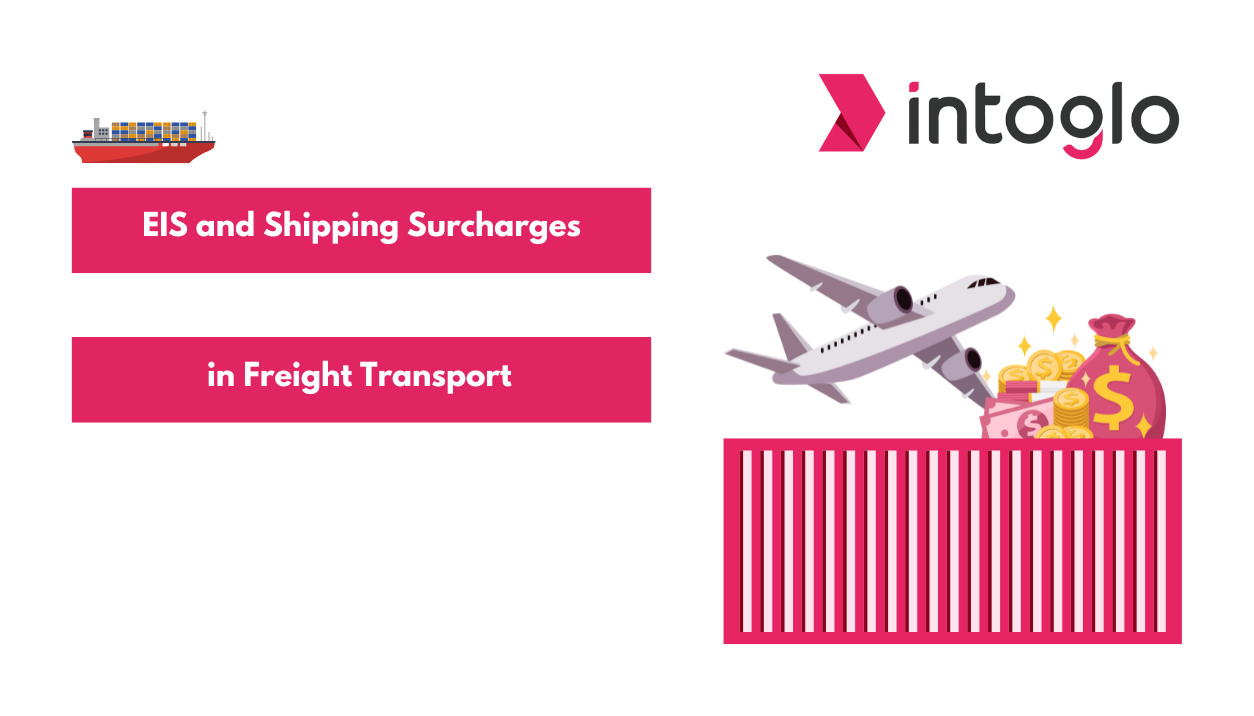
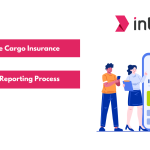
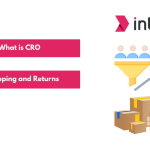
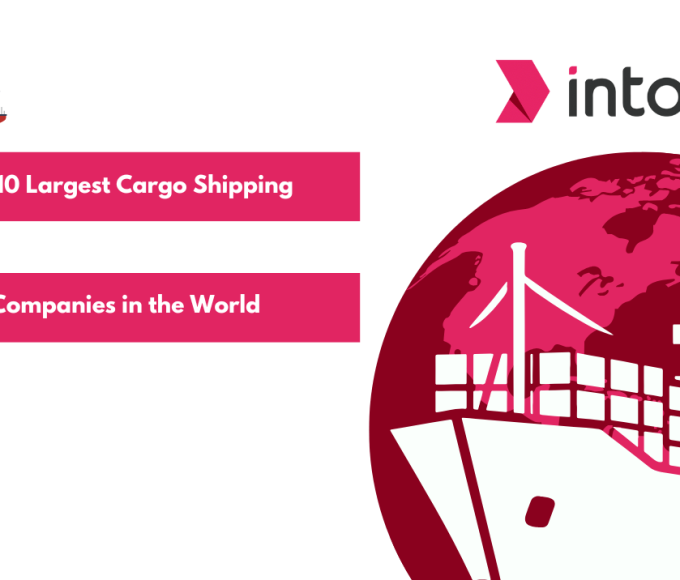
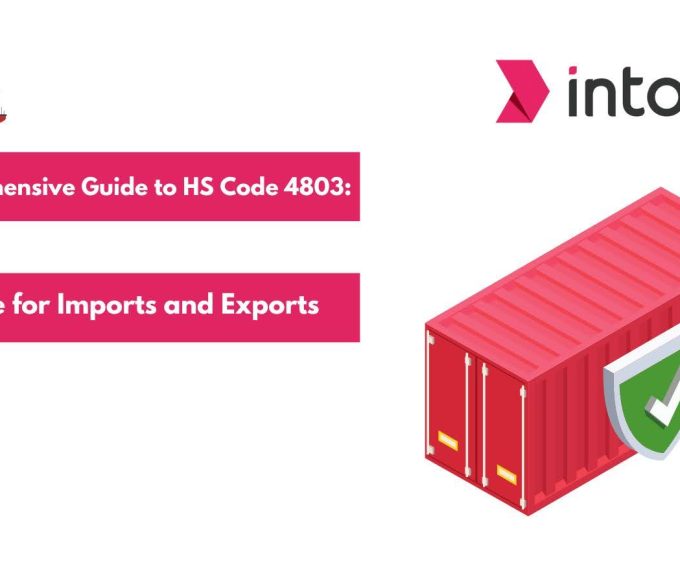
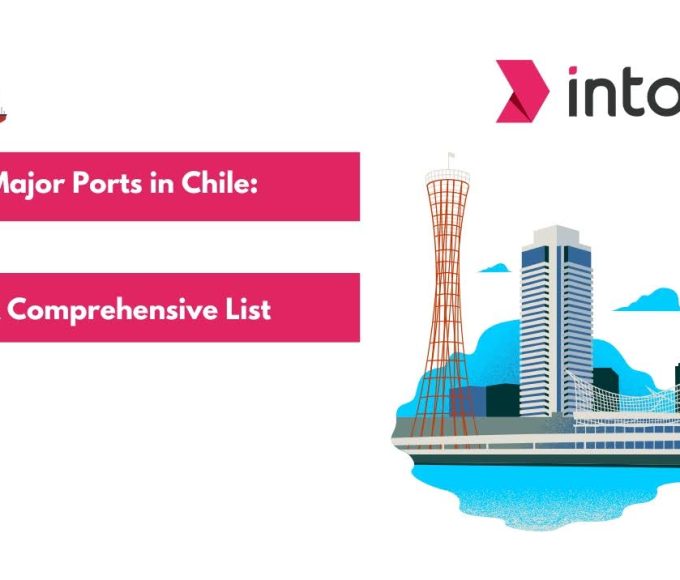
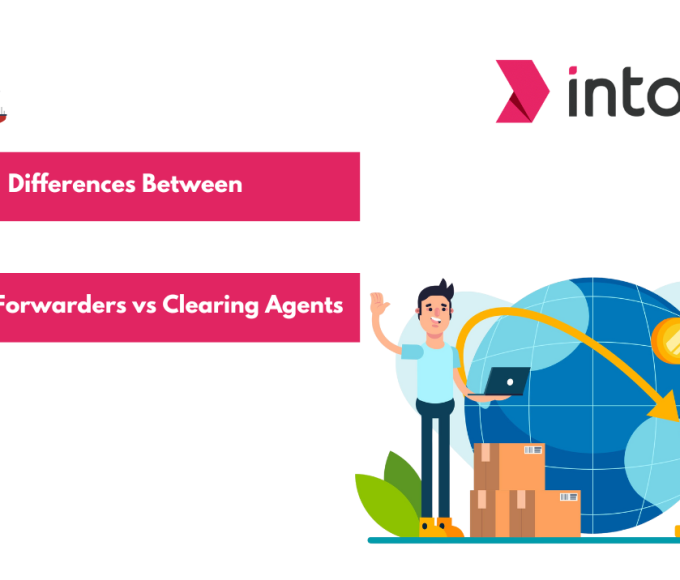
Leave a comment